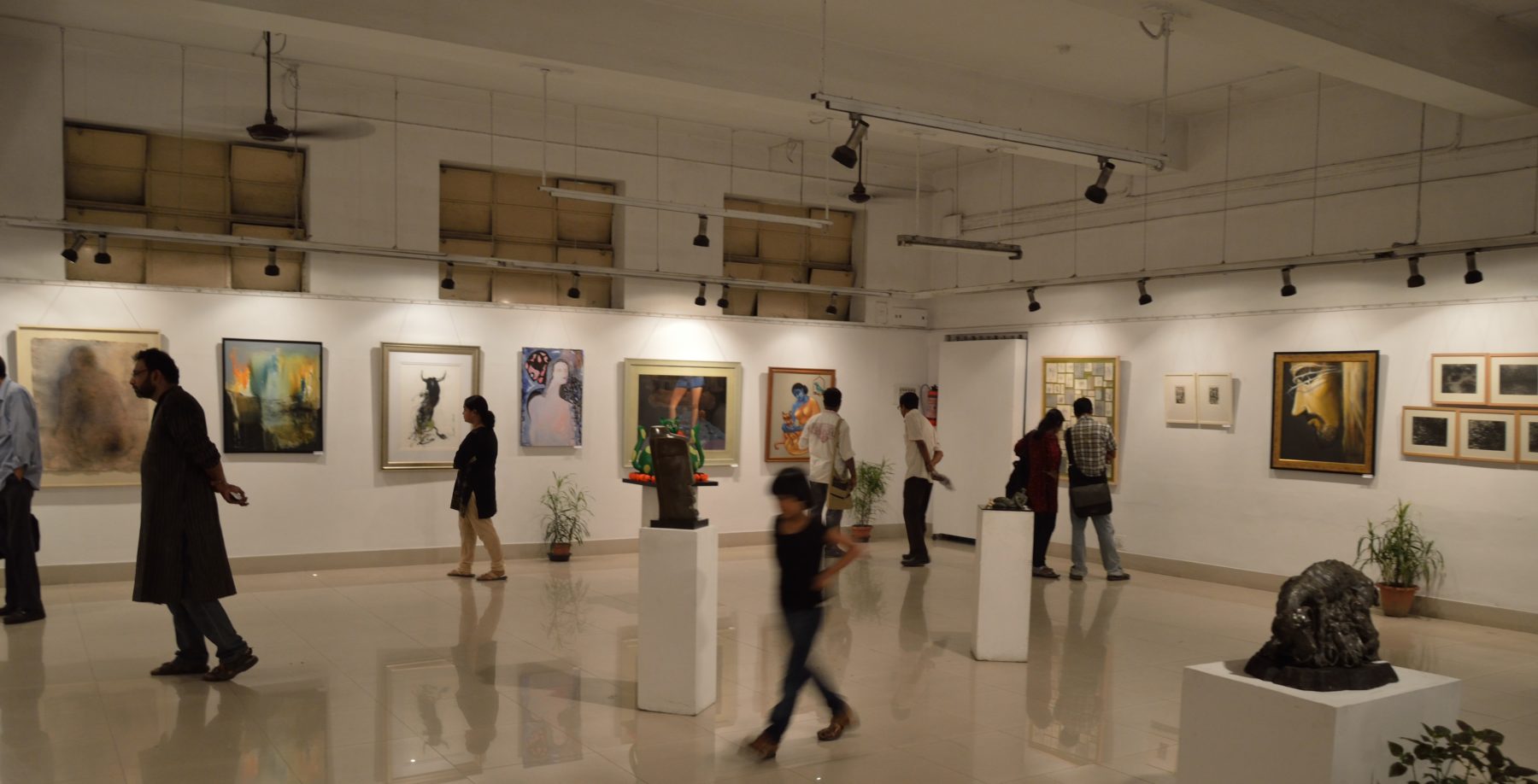1. Yasemin Arikan, Terry Nichols Clark, Douglas S. Noonan, and George Tolley. Cultural Trends, Vol 28 No 5. “The arts, Bohemian scenes, and income.” United States. 2019.
Where and how does arts activity drive neighbourhood revitalization? We explore the impact of arts establishments on income in US zip codes, nationally and across quantiles (from four to seven subgroups) of zip codes stratified by disadvantage (based on income and ethnicity/race). We focus on what is new here: how neighbourhood scenes or the mixes of amenities mediate relationships between the arts and income.
2. Grant Patterson and Leah Binkovitz. Kinder Institute for Urban Research at Rice University. “Artist-Planner Collaborations: Lessons Learned From Arts and Culture Ecosystems For Inclusive Planning.” United States. 2019.
This report shows how art can be used to promote positive neighborhood change, including equity of access to resources and programs, inclusive planning processes and implementation of new strategies to promote inclusivity and maximize economic impact.
3. A New Approach. Australian Academy of the Humanities. “Transformative Impacts of Culture and Creativity.” Australia. 2019.
The report explores how investing in culture affects seven broad aspects of Australians’ lives: society and place; the economy; innovation; health and wellbeing; education and learning; international engagement and how engaging with creativity builds a strong cultural life across the nation.
4. Hill Strategies Research, Inc. Canadian Arts Presenting Association. “Vitality and Impact of Arts Presenting.” 2019. Canada.
This study is the outcome of a pan-Canadian survey of performing arts presenters and festivals, conducted by Hill Strategies Research. It casts a light on a broad range of presenting practices and the magic that they bring into Canadians’ lives.
5. Wavehill Ltd. Arts Council England. “The Value of Arts and Culture in Place-shaping.” United Kingdom. 2019.
This research seeks to generate further evidence to support the notion that arts and culture has the ability to promote and drive positive economic and social outcomes at a local level and thus contribute effectively to a place-shaping approach.
